Chlamydia Pneumoniae
Pneumoniae is caused by bacteria and it is an inflammatory condition of the lungs. The air sacs of the lung may get filled with fluid or pus. Some extreme forms of pneumonia can be prevented by vaccines.
What is chlamydia pneumoniae?
Chlamydia pneumoniae is a type of bacteria affecting the lungs. It leads to lung infections like pneumonia. This bacterium damages the lining of respiratory tract such as the throats, lungs and windpipe.
Chlamydia Pneumoniae Transmission
People infected with this bacterium have the bacteria present in the nose, windpipe, throat and lungs. It is contagious and spreads from one person to another when they cough or sneeze. An infected person when coughs on his hands ends up landing the bacteria on his hand.
When he shakes his hand with others, he might spread the bacterium to them too. A person coming in contact with an infected person for a short duration does not get sick but this disease often spreads to people living in the same house. The symptoms of this disease show up 3 to 4 weeks after the exposure to the bacterium.
This infection affects people of any age group but is more common for school going children and young adults. Often those living in crowded settings get infected.
Sexually transmitted disease STD is caused by Chlamydia trachomatis which is one of the species of the bacteria.
Symptoms and signs
This is just another mild illness that causes an upper respiratory tract infection.
The common symptoms of the infection are:
- Runny or stuffy nose
- Low-grade fever
- Being tired (fatigue)
- Slowly worsening cough that can last for weeks or months
- Hoarseness or loss of voice (laryngitis)
- Headache
- Sore throat
In severe cases, chlamydia results in infections like bronchitis and pneumonia. Pneumonia caused by chlamydia pneumoniae bacterium result in laryngitis but other types of bacterial pneumonia do not cause it. The signs and symptoms show after 21 days of being exposed to the bacterium and these continue for many weeks after that.
Types of Chlamydia Pneumoniae
Chlamydia is intracellular bacterium which makes the host cell parasitized for energy. They have cell walls with outer and inner membranes just like Gram-negative bacteria. They replicate by binary fission and contain RNA, DNA and ribosomes.
But they differ from true bacteria because they do not possess the ability to produce their adenosine triphosphate. The life cycle of a Chlamydia can be divided into Raticulate Bodies and Elementary Bodies.
They can be divided into 4 types of species:
- Trachomatis: This one includes 15 serotypes which share immunogenic epitopes in various degrees. It is majorly a sexually transmitted disease that is linked with nongonococcal urethritis and epididymitis in men, urethritis and pelvic inflammation in women, cervicitis, neonatal conjunctivitis, pneumonia in newborn and Reiter’s syndrome in HLA- B27 haplotype.
- Pneumoniae: This is a significant respiratory pathogen found in humans and causes up to 10% of community acquired pneumonia cases. It is linked with acute respiratory diseases, asthma, pneumonia, bronchitis, acute chest syndrome, pharyngitis, coronary heart disease and Guillain-Barre syndrome.
- Psittaci: This one infects a wide and diverse range of host species from birds and molluscs to mammals and causes severe pneumonia. This is seen worldwide as it is a common cause of atypical pneumonia. It is usually uncomplicated but in severe cases can cause disease affecting several organ systems especially in epidemic cases.
Diagnosis
A laboratory test is often taken by a sample of phlegm or swab from the throat or nose to test if the patient has chlamydia pneumoniae infection. Sometimes, a blood test is also required to test the severity of the infection. Serological testing is done to diagnose infections as direct detection methods are rarely efficient.
Certain antibodies present in the blood samples help in indicating the stage of the disease. A predominant chlamydia pneumoniae IgM characterizes a primary infection within 3 to 4 weeks and a delayed chlamydia pneumoniae IgG response within 6 to 8 weeks. After an acute or severe infection, the antibodies get lost within 6 months.
Antibody IgG titers rise and decrease slowly whereas IgA antibodies vanish quickly. So whenever, there is an absence of IgM response and a prompt IgG and IgA response, one can detect a chlamydial infection. IgA antibodies can help detect primary, recurrent and chronic infections and is considered a reliable marker.
The antibodies quickly decline to low or base levels after treatment or complete eradication of the infection. Whenever there is persistence of elevated IgA titers, then it is considered to be a sign of chronic infection.
In a survey conducted to study the antibodies in elderly patients, it was found that 1/5th of Chlamydia pneumoniae cases would not have been detected without an IgA determination. The presence of IgG antibodies indicates a chlamydial infection and these persist for long and decline also slowly. But a rapid 4-fold rise in IgG antibodies could mean that a chronic systemic infection is there in the body.
Treatment
This infection is treated by antibiotics if the patient is severely uncomfortable but in most cases, people recover on their own without taking any medications. There are many types of antibiotics available to treat C. pneumonia and the doctor will prescribe an antibiotic depending on the severity of the condition.
Complications
The infection often is considered relatively mild which clears up on its own. Sometimes, serious complications do occur which necessitate the person to get admitted in the hospital. Severe complications like pneumonia, brain swelling or encephalitis, chronic infection elsewhere in the body or swelling of the heart or myocarditis also occur in extreme cases.
Chlamydia Pneumoniae Testing
A pipet Chlamydia testing is used to diagnose, screen for and to verify the successful treatment of the infections caused by Chlamydia trachomatis. Chlamydia is also responsible for STDs and is one of the most common sexually transmitted diseases via bacteria. If left untreated it leads to severe complications.
A chlamydia infection should be screened for, diagnosed and treated to avoid any long term complications and to prevent spreading the infection to others:
- Chlamydia trachomatis and Neisseria gonorrhea: These tests are done simultaneously since both have similar symptoms and signs. A person can have both the infections at the same time and both the bacteria can be acquired at the same time. Both the infections require different antibiotics but they can be taken together. The doctor often suggests a repeat testing after about 3 months to ensure that the treatment is effective.
- Nucleic Acid Amplification test (NAAT): This is a recommended testing method for chlamydia infection. In this molecular test the DNA of the chlamydia trachomatis is detected. It is a very sensitive and specific test done and has to be performed on the urine from both women and men and vaginal swab of women.
- Other tests: Other tests like DNA probe, culture which grows the bacteria and direct fluorescent antibody stain (DFA) are also done but these are less common because they are not that sensitive for detection of chlamydia infections as compared to other tests.
Chlamydia Pneumoniae Treatment Natural
One should treat and cure Chlamydia Pneumoniae infection as soon as possible as it may lead to severe complications in the body if left untreated. The disease is also quite painful and hence one should treat it quickly.
There are some herbs which are very effective in treating Chlamydia because of their medicinal properties. Some of their properties are anti-bacterial which help in the treatment. These have zero side-effects and hence can be used safely.
Following are some herbs listed which are quite effective in treating Chlamydia:
- Garlic:
 Garlic has strong anti-bacterial properties which are quite effective in treatment of various medical conditions including Chlamydia. Garlic should be had in raw form as cooking could destroy its medicinal properties. Fresh garlic juice without honey or sugar should be had on empty stomach for its maximum health benefits. Garlic capsules found in the market for those who cannot drink garlic juice.
Garlic has strong anti-bacterial properties which are quite effective in treatment of various medical conditions including Chlamydia. Garlic should be had in raw form as cooking could destroy its medicinal properties. Fresh garlic juice without honey or sugar should be had on empty stomach for its maximum health benefits. Garlic capsules found in the market for those who cannot drink garlic juice. - Usnea:
 This is a strong anti-viral herb found in nature useful for the treatment of various diseases. Usnea is a unique combo of algae and moss that contain strong antiseptic properties. This is highly beneficial in treatment against chlamydia. The herb also known as old man’s beard not only eliminates the threat from bacteria but also protects the body from viral infections and fungal infections.
This is a strong anti-viral herb found in nature useful for the treatment of various diseases. Usnea is a unique combo of algae and moss that contain strong antiseptic properties. This is highly beneficial in treatment against chlamydia. The herb also known as old man’s beard not only eliminates the threat from bacteria but also protects the body from viral infections and fungal infections. - Echinacea:
 This is a powerful antidote for microbial infections and is also beneficial in curing chlamydia. It has strong anti-inflammatory properties that cures the symptoms of the infection and also helps in strengthening the immune system. The herb is sold in powder form in many health stores. It can be mixed in milk and had thrice a day to cure the infection.
This is a powerful antidote for microbial infections and is also beneficial in curing chlamydia. It has strong anti-inflammatory properties that cures the symptoms of the infection and also helps in strengthening the immune system. The herb is sold in powder form in many health stores. It can be mixed in milk and had thrice a day to cure the infection. - Sage:
 This wonderful herb has strong anti-bacterial and anti-viral properties. It has been used since the ancient times for the treatment of various sexual diseases and is widely used for the treatment of chlamydia. One should have a fresh concoction of sage and water boiled and strained.
This wonderful herb has strong anti-bacterial and anti-viral properties. It has been used since the ancient times for the treatment of various sexual diseases and is widely used for the treatment of chlamydia. One should have a fresh concoction of sage and water boiled and strained. - Goldenseal:
 This mysterious golden herb is used for the treatment of fungal and bacterial infections. It contains an enzyme called bebeerine which kills harmful bacteria. It also keeps the immune system healthy and boosts the activity of the white blood cells. It boosts the functioning of the white blood cells enabling them to fight any infection.
This mysterious golden herb is used for the treatment of fungal and bacterial infections. It contains an enzyme called bebeerine which kills harmful bacteria. It also keeps the immune system healthy and boosts the activity of the white blood cells. It boosts the functioning of the white blood cells enabling them to fight any infection. - Cat’s claw:
 This herb is very famous in China and is used to treat infections resulting from bacteria especially sexually transmitted diseases. It is very effective against chlamydia and also boosts the immune system to make the body better resistant to diseases.
This herb is very famous in China and is used to treat infections resulting from bacteria especially sexually transmitted diseases. It is very effective against chlamydia and also boosts the immune system to make the body better resistant to diseases. - Saw Palmetto:
 Popular in treating urinary tract infections in both men and women, this strong herb has powerful antibacterial properties which help in treating bacterial infections and also helping in healing the tissues faster. It is a natural anti-septic quite useful in treating sexual diseases.
Popular in treating urinary tract infections in both men and women, this strong herb has powerful antibacterial properties which help in treating bacterial infections and also helping in healing the tissues faster. It is a natural anti-septic quite useful in treating sexual diseases. - Turmeric:
 The medicinal herb used widely in India cuisine has many anti-bacterial properties along with an unusual color. It is a natural anti-septic which can be used to treat bacterial infections like chlamydia and also boosts the immune system of the body.
The medicinal herb used widely in India cuisine has many anti-bacterial properties along with an unusual color. It is a natural anti-septic which can be used to treat bacterial infections like chlamydia and also boosts the immune system of the body.
The above mentioned herbs provide great relief from Chlamydia without causing any side-effects and these can be considered a natural cure for Chlamydia pneumoniae.
Chlamydia Pneumoniae in Infants
Chlamydia Pneumoniae may occur in infants and school going children. While some may have moderate to mild symptoms, there are some who might have severe complications with the condition.
The pediatrician might do a physical examination of the infant and might also need blood tests or urine samples to detect antibodies to the bacterium. These might show up in the blood samples only after a week. Nose swab or throat swab can also be taken to detect the disease. Recovery may take time and the doctor might prescribe antibiotics such as tetracycline or erythromycin to treat the condition or clear up the infection.
The adult or other children in the house should always wash their hands before lifting or carrying the infant. One should refrain from coming close to the infant if they are infected and avoid kissing on the lips of the infant.
Chlamydia Trachomatis is also sometimes transmitted to the newborn due to exposure to infected genitals of the mother during normal vaginal birth.
Prevention
There is no vaccine to prevent the chlamydia pneumoniae infection. Prevention can be done in by following good hygiene. The disease is spread by coughing and sneezing on the hands and then taking the hands in the mouth or touching other parts of the body.
One should wash their hands often especially after coughing and sneezing. Its best to cover the mouth and nose with a tissue and then throw it in the dustbin. Wash your hands at least for 20 seconds and use an alcohol-based sanitizer if soap is not available. Be careful while being around small children and infants as they might catch the disease very quickly. One does not get immune to C. Pneumoniae forever and infection occurred once can occur again.

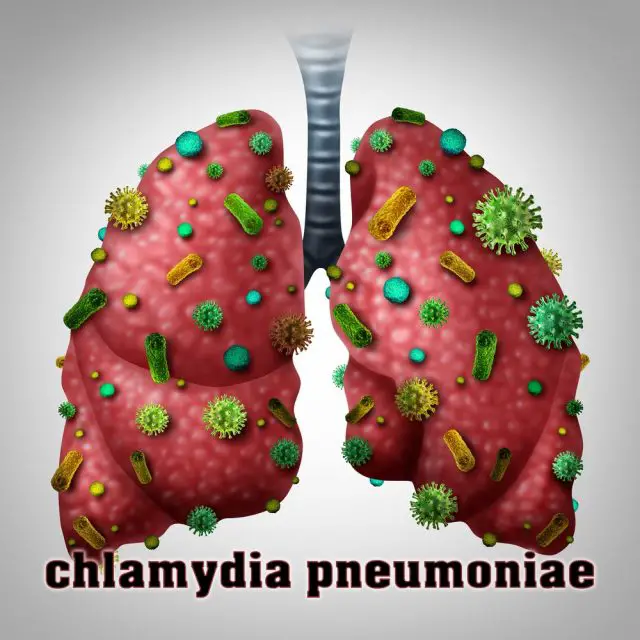
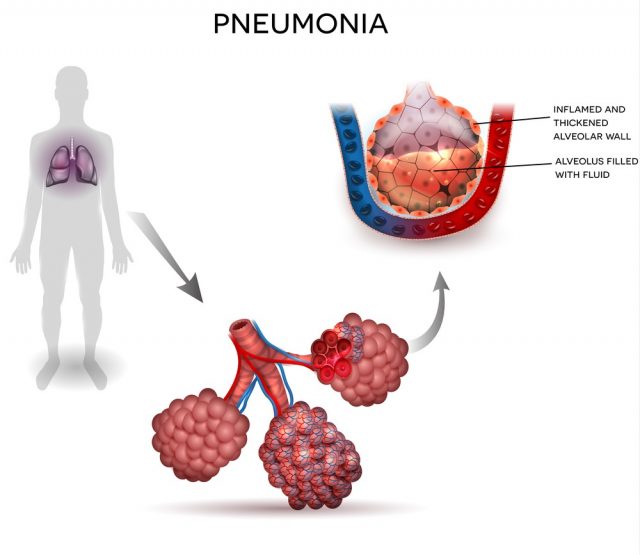
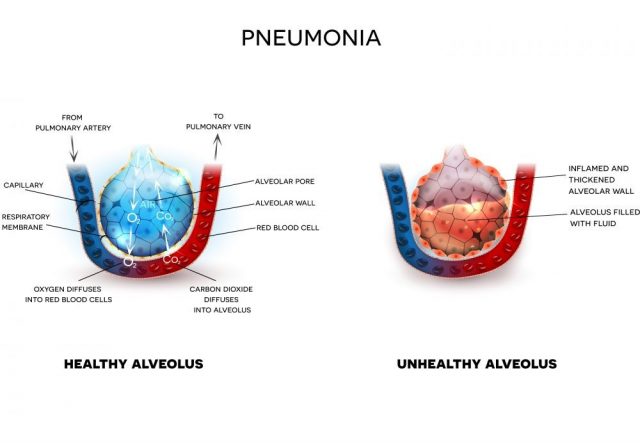
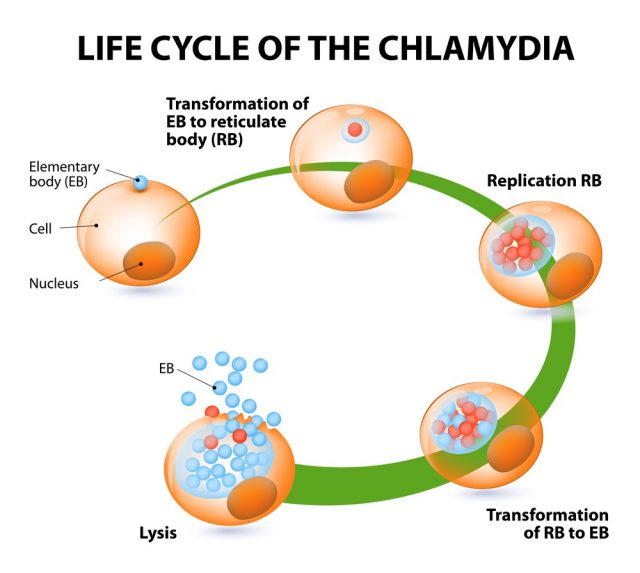
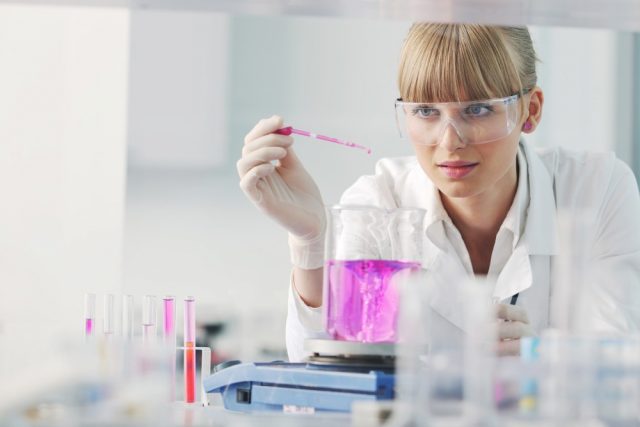
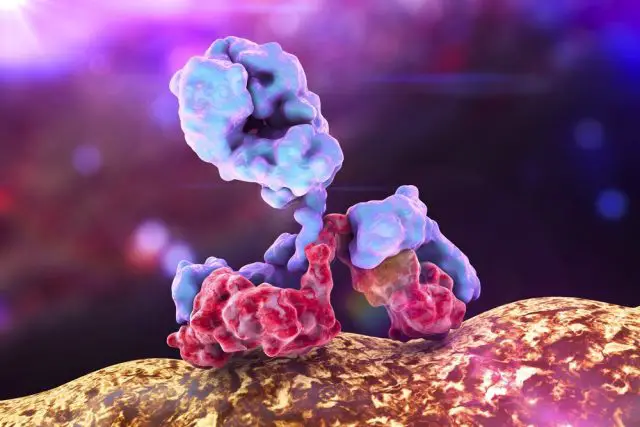
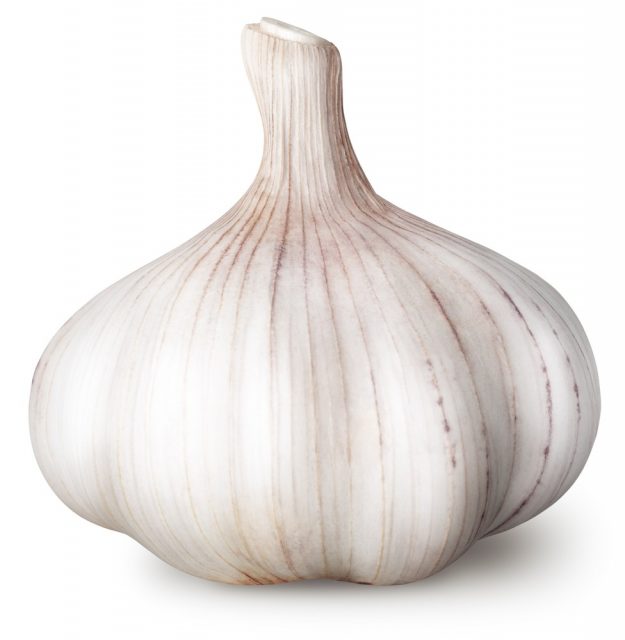








Jesse
Nice Tips and helpful articles
Helen K.Clark
Thanks for the marvelous posting! I genuinely enjoyed reading іt, you can Ьe
a great author. I wіll make sure to bookmark your blog and will eventually come back later in life.